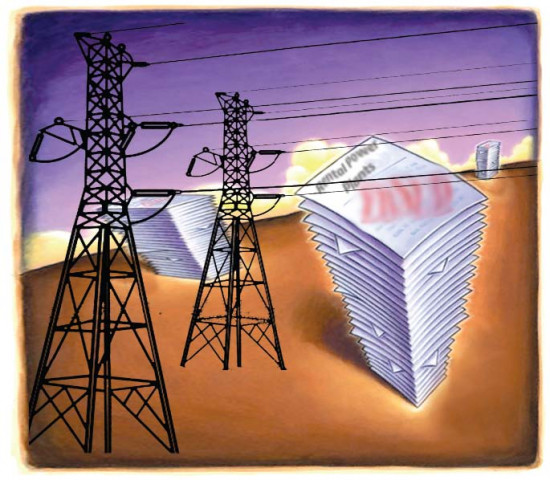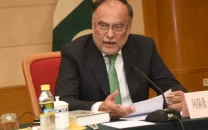The RPP zombie
The power crisis, which won PML-N the 2013 election, might cost it the 2018 election unless it gets its act together

Government is bringing RPPs back not to introduce peaking capability into the system but rather to serve as the base load because the state-owned thermal power generation companies are effectively dysfunctional. STOCK IMAGE
It is true that in a more sensibly run national energy grid, there may well be a need for RPPs. A grid the size of Pakistan’s needs peaking ability and RPPs, which are expensive to operate but can go on and offline relatively quickly, would provide that capability to supplement the base-load plants that have lower operating costs but are slow to start and stop. If that was how the government planned on using the RPPs, we would have no objection. Yes, the RPPs would be paid a much higher tariff than regular power plants, but they would also only operate for a relatively short period of time. Unfortunately, the real reason the government is bringing the RPPs back is not to introduce peaking capability into the system but rather to serve as the base load because the state-owned thermal power generation companies are effectively dysfunctional. Rather than fixing the existing structural problems in the system, the government appears bent on making them even worse. The sad reality is that the administration knows exactly how to fix the energy crisis, it even has the mandate to go about doing this, but it simply does not have the appetite to make the hard choices that will be necessary to implement what by now are desperately needed reforms. The power crisis is what won the PML-N the 2013 election. Unless it gets its act together fast, it is also what might cost it the 2018 election.
Published in The Express Tribune, January 17th, 2015.
Like Opinion & Editorial on Facebook, follow @ETOpEd on Twitter to receive all updates on all our daily pieces.














COMMENTS
Comments are moderated and generally will be posted if they are on-topic and not abusive.
For more information, please see our Comments FAQ